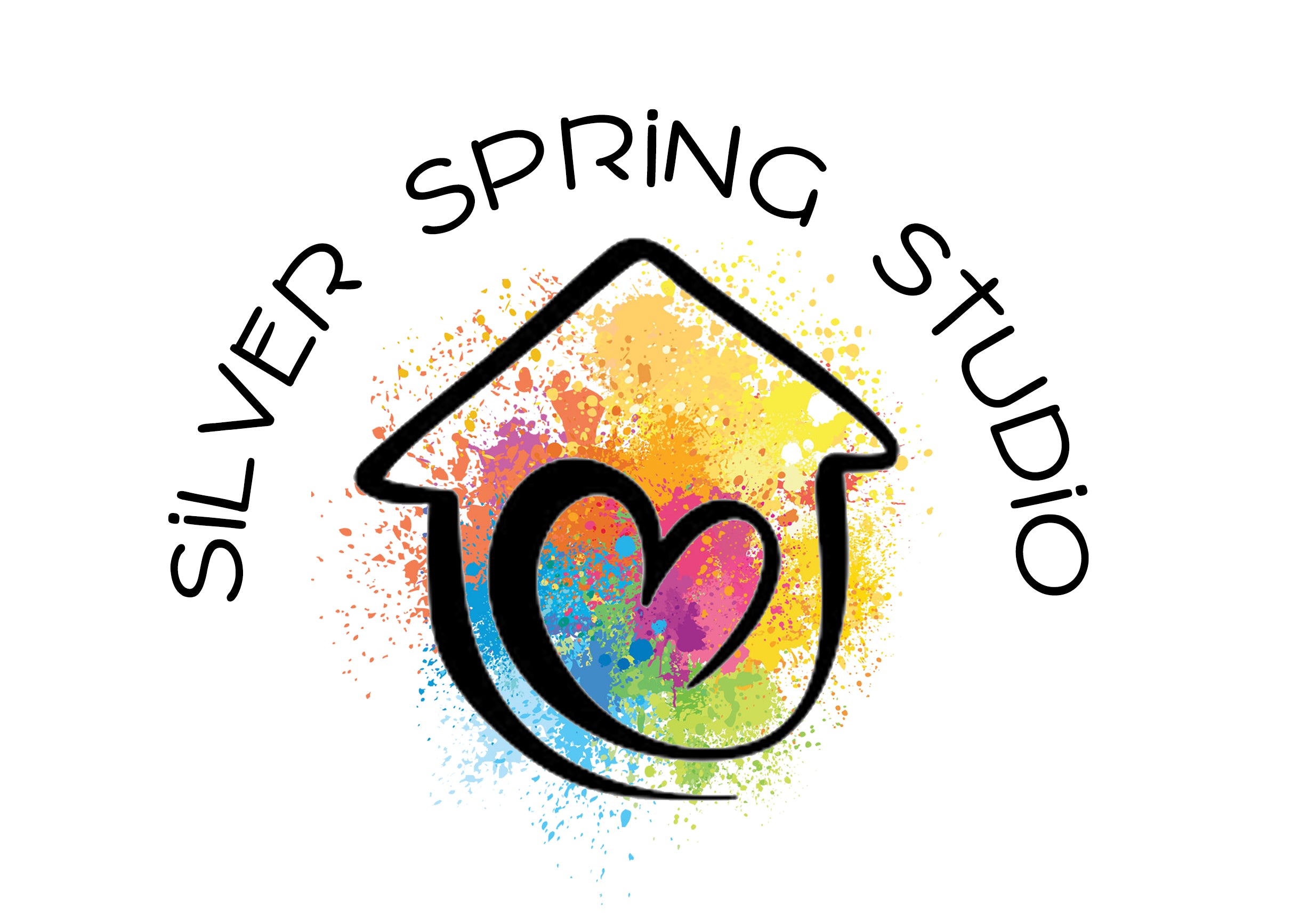Silver Spring Studio’s day programs focus on six words – Fun, Friendship, Create, Learn, Earn, Lead. We believe in the benefits that creative activities carry to people with developmental disabilities. There are a lot of different aspects to our day program but here, we will focus on three main benefits you can get out of creative/artistic activities.
Social Interaction
Art classes can be categorized as community-based care in their nature. In art classes, social interaction happens naturally. Creative activities usually include sensory activities which lead people to interact with teachers and other students. In the field of study of developmental disabilities, creative activities are known as the best activity for adults with developmental disabilities.
Through art creation, people will learn a way to express themselves (through arts). In other words, people will be able to show their accomplishments to others in a form of artwork. That will lead them to build their confidence in interacting with others.
Improved Skills
When people go through the creation of artwork, their brain will try to memorize the step before and after the current action. It is because there is a set goal to create something, and the brain will try to construct a path to get there. This will lead to improved memory. The great part of creative activities is that this process happens in the unconscious part of your mind. Even if you fail to follow the process, just the fact that your brain tries to follow the path could result in exercise to your memory function.
Moreover, you can expect to have improved fine motor skills. Through activities like knitting, drawing, painting, crafting, and cooking, the muscles of peoples hands will learn and memorize the movement. This will lead to a muscle memory that you can transform into daily activities like dialing the phone, turning doorknobs, and buttoning and unbuttoning clothes. Eventually, it will lead to more complex movements that could be applied to your work to earn.
Calming Effects
According to the National Alliance for Arts, Health and Wellbeing (APPG), having a creative hobby can benefit people’s mental and emotional health which could help people to live longer and healthier lives.
People with developmental disabilities can experience high amounts of anxiety daily. Art classes will provide clients with time to engage in what they are doing and give them meaningful focus time. Having this time can help people have calmer emotions by giving positive effects on their brain and body. For example, crafting, gardening, or sewing releases dopamine, which is a natural anti-depressant. As a result, creative activities can result in boosted mental state and could even slow the heart rate down.

references:
- https://www.integrityinc.org/art-activities-for-adults-with-developmental-disabilities/
- https://www.thornburycommunityservices.co.uk/news/the-importance-of-creativity-for-people-with-learn/56/

